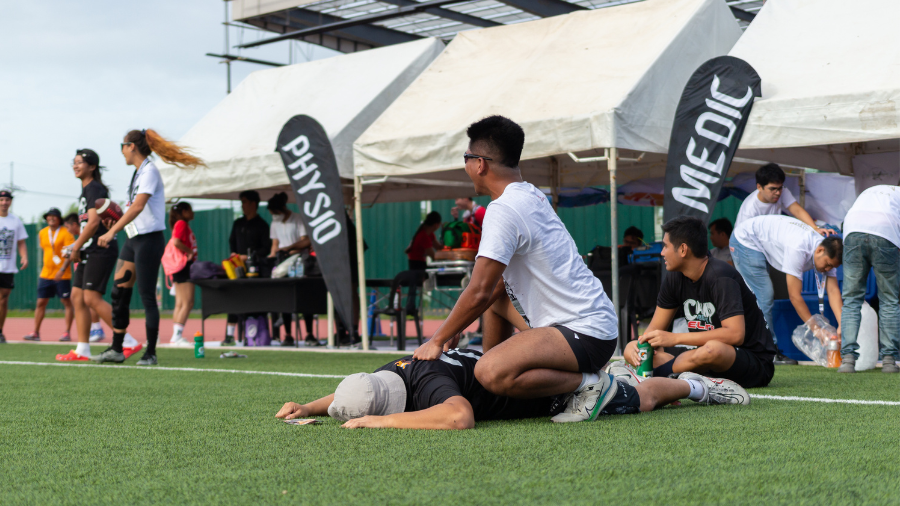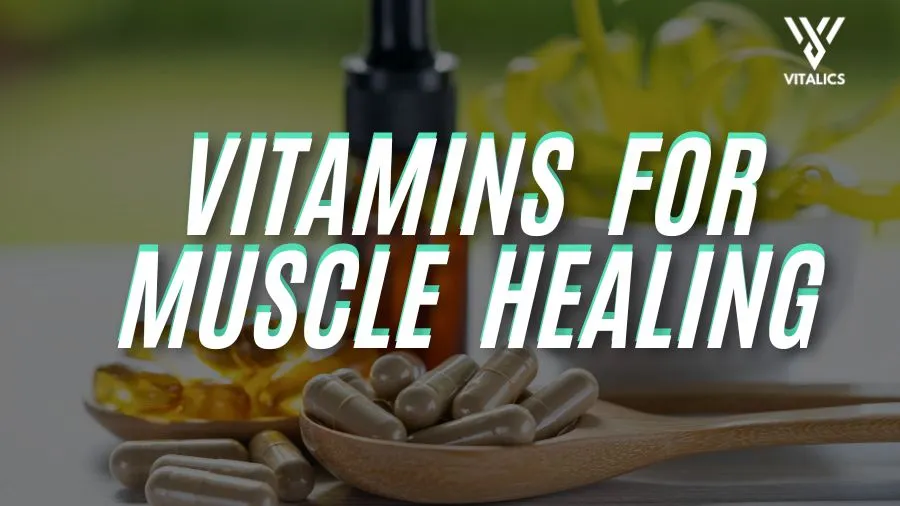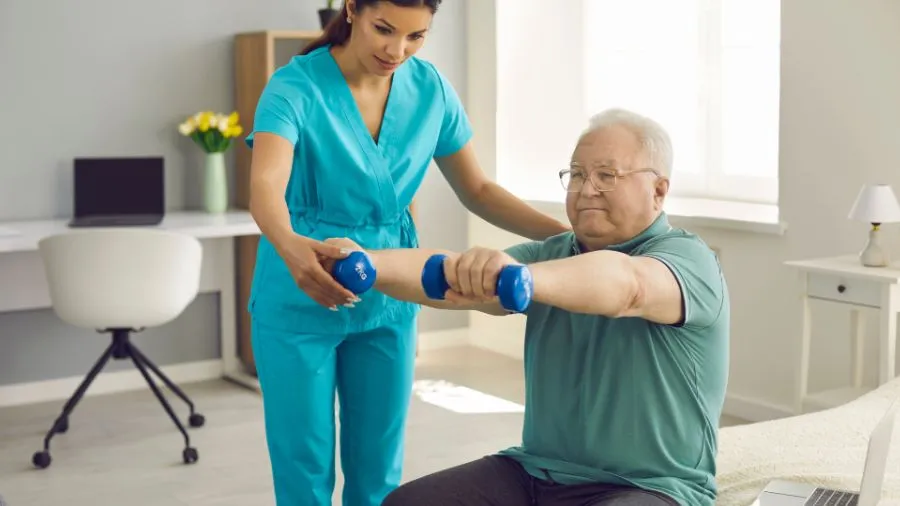Shoulder subluxation, though often less severe than a full dislocation, can still cause significant discomfort and hinder daily activities. In this article, we’ll explore what shoulder subluxation is, its symptoms, causes, treatment options, and preventive measures to help you better understand and manage this condition.
Recognizing Symptoms
Symptoms of Shoulder Subluxation
- Shoulder Instability: Feeling like the shoulder is loose or slipping out of place.
- Pain: Persistent or intermittent pain in the shoulder joint, especially during movement.
- Weakness: Difficulty in lifting or carrying objects due to weakness in the affected shoulder.
- Limited Range of Motion: Inability to move the shoulder through its full range of motion.
- Clicking Sensation: Audible or palpable clicking or popping sensation in the shoulder joint.
- Swelling: Swelling or tenderness around the shoulder area, particularly after activity.
Exploring Causes
Shoulder subluxation can occur due to various factors, including:
- Traumatic Injury: Direct impact or force applied to the shoulder joint, such as a fall or sports-related injury.
- Muscle Weakness: Weakness or imbalance in the muscles surrounding the shoulder joint, leading to inadequate support.
- Connective Tissue Disorders: Conditions like Ehlers-Danlos syndrome or Marfan syndrome that affect the strength and stability of connective tissues.
- Repetitive Motion: Overuse or repetitive strain on the shoulder joint, common in activities like overhead throwing or lifting.
- Previous Injury: History of shoulder dislocation or subluxation increases the risk of recurrent episodes.
Understanding Treatment Options
Treatment for shoulder subluxation typically involves:
- Rest and Immobilization: Giving the shoulder adequate rest and immobilizing it with a sling or brace to allow the injured tissues to heal.
- Physical Therapy: Performing specific exercises to strengthen the muscles surrounding the shoulder joint, improve stability, and enhance range of motion.
- Pain Management: Using over-the-counter pain medications or prescription drugs to alleviate discomfort and inflammation.
- Manual Therapy: Hands-on techniques like massage, mobilization, or manipulation by a qualified healthcare professional to restore joint function.
- Surgical Intervention: In severe cases or when conservative measures fail, surgical procedures like stabilization surgery may be necessary to repair damaged ligaments or tissues.
RELATED: Is It Frozen Shoulder?
Preventive Measures
To prevent shoulder subluxation and reduce the risk of recurrence, consider the following preventive measures:
- Strength Training: Incorporate shoulder-strengthening exercises into your fitness routine to improve muscle strength and stability.
- Proper Technique: Use proper lifting techniques and avoid overloading the shoulder joint during physical activities.
- Warm-up and Stretching: Always warm up before exercise and perform dynamic stretching to prepare the muscles and joints for movement.
- Protective Gear: Wear appropriate protective gear, such as shoulder pads or braces, during sports or activities with a high risk of shoulder injury.
- Posture Awareness: Maintain good posture and avoid activities that involve prolonged or awkward shoulder positions.
Conclusion
Shoulder subluxation can significantly impact your quality of life, but with proper understanding, treatment, and preventive measures, you can effectively manage this condition and minimize its impact on your daily activities. If you experience persistent shoulder pain or instability, consult with a healthcare professional for an accurate diagnosis and personalized treatment plan.




